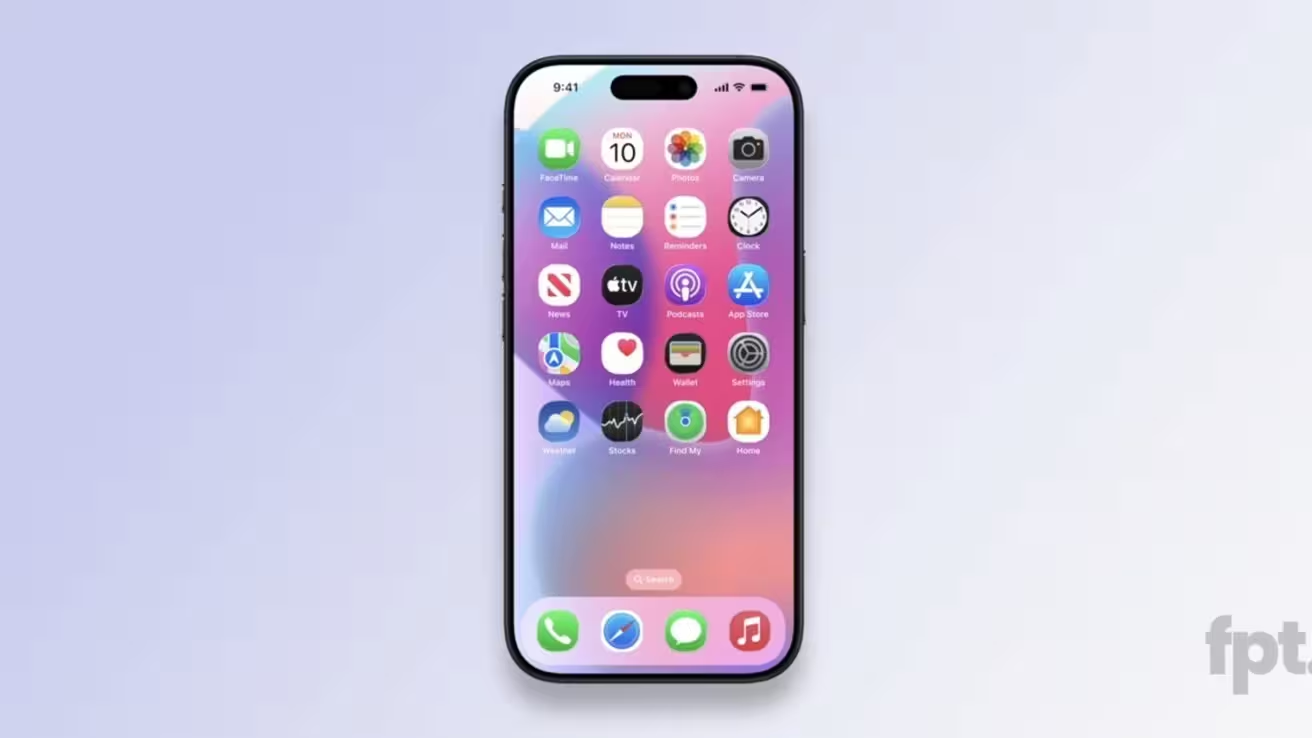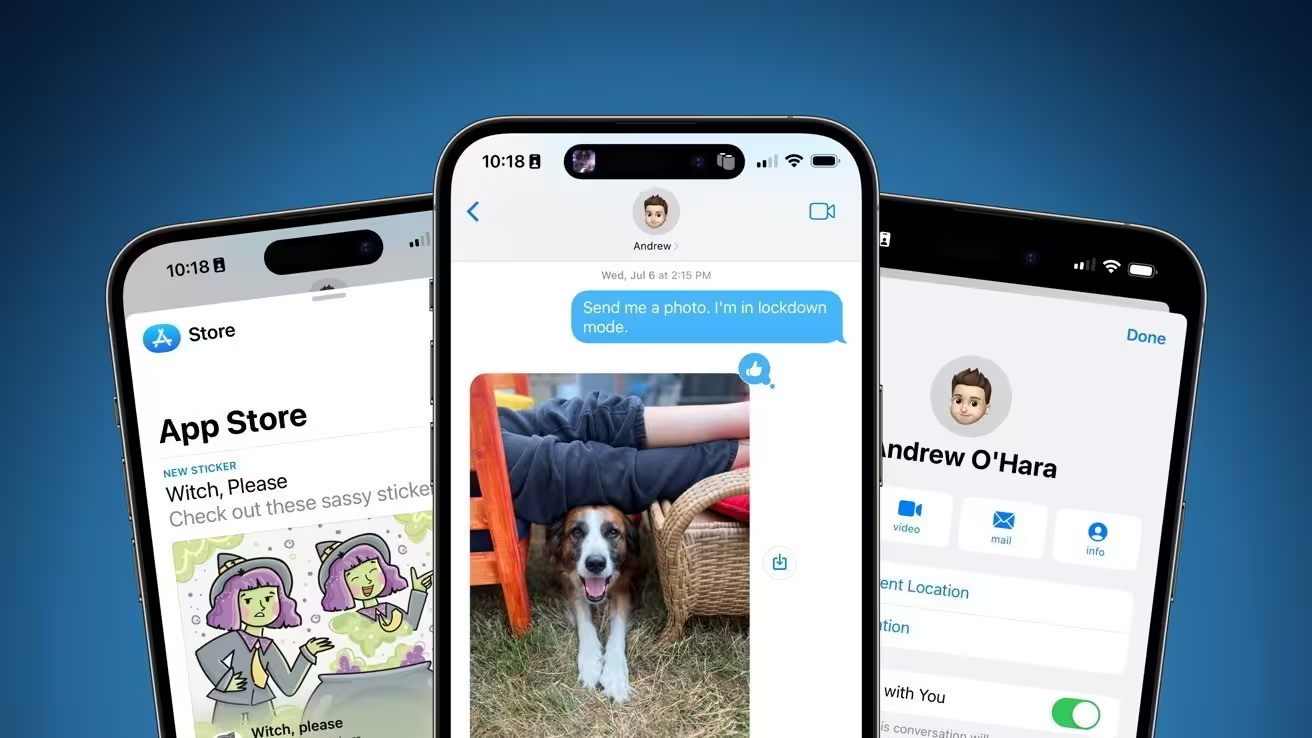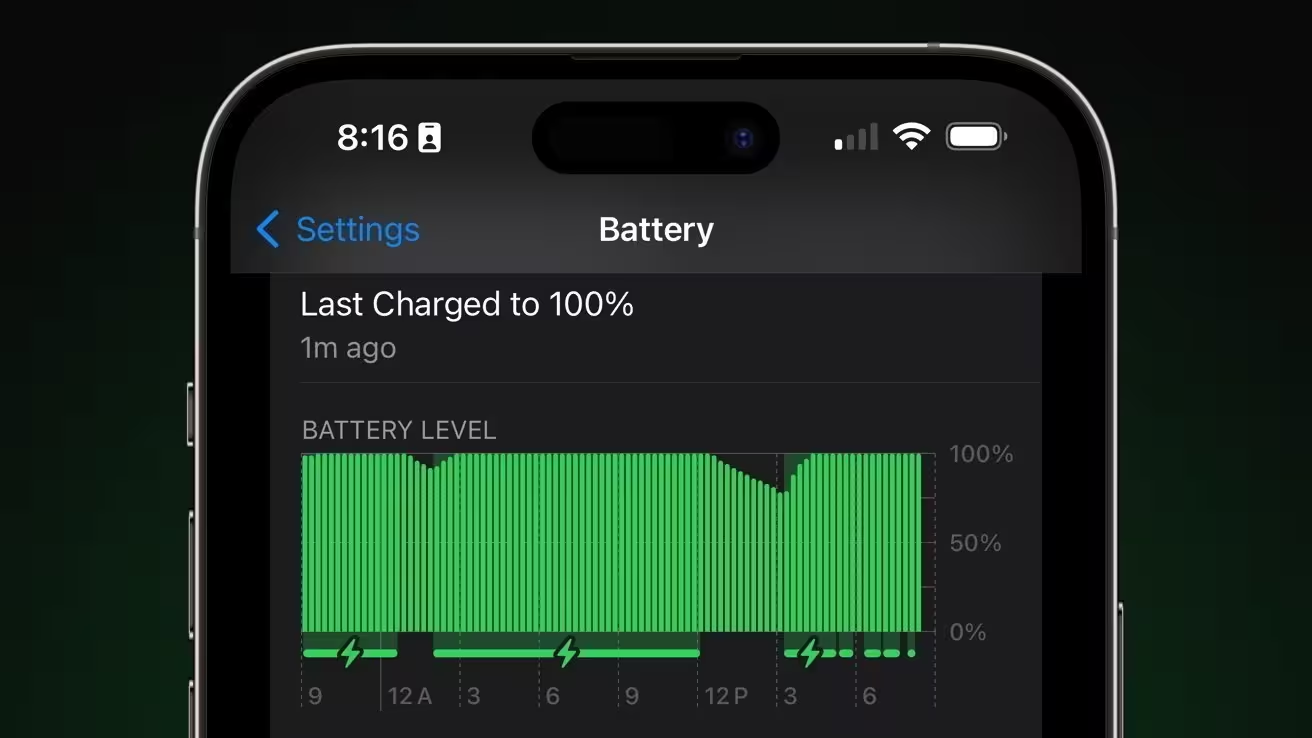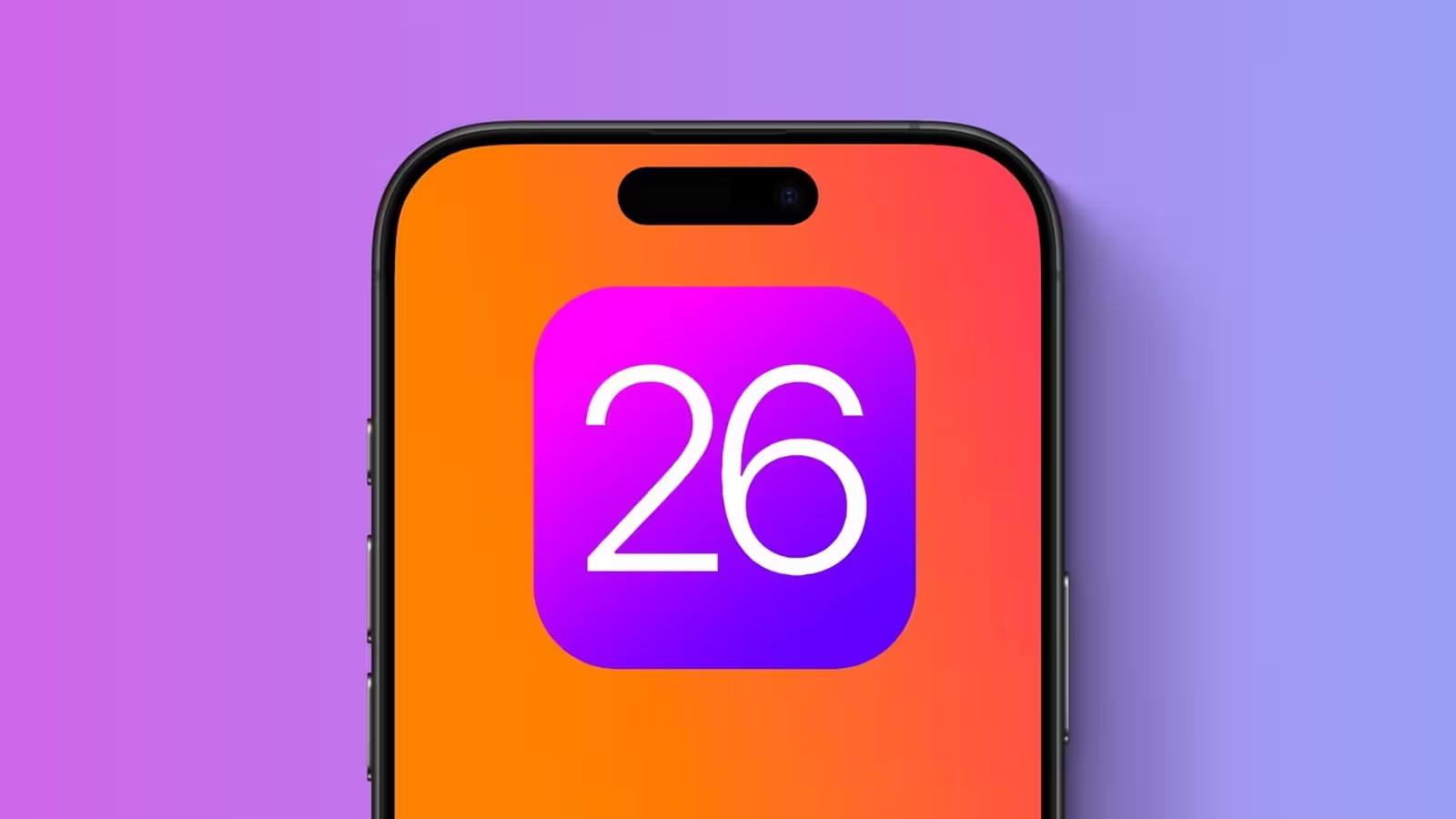10 Minutes
With WWDC 2025 on the horizon, anticipation is peaking around Apple’s next major operating system update—iOS 26. More than just another iteration, iOS 26 promises a sweeping redesign, insight into Apple’s unified OS versioning strategy, and a compelling suite of new features spanning gaming, AI, accessibility, and productivity. Here, we break down every significant rumor and expert insight, giving technology enthusiasts, developers, and Apple users a comprehensive forecast of what to expect from iOS 26 and its impact on the broader Apple ecosystem.
A Unified Versioning System: Ushering in iOS 26
For years, Apple has maintained separate numbering for its flagship platforms—iOS 18, macOS 16, visionOS 3, and so on—often causing confusion over which is the latest version or how they interrelate. In a drastic policy shift, Apple is reportedly introducing a new versioning system that will align all major operating systems under a single number: 26. This bold move, reminiscent of the branding Microsoft adopted with Windows 95 and Windows 98, aims to streamline Apple’s software ecosystem and make it easier for customers to identify the recency of their devices’ software.
By September 2025, we are likely to see not iOS 19, but iOS 26; not macOS 16, but macOS 26. This new approach simplifies communication, eases support and update cycles, and reinforces Apple’s position as an integrated ecosystem across iPhone, iPad, Mac, and visionOS platforms. Internal sources confirm that this unified version branding has started appearing in development builds, though Apple continues to obscure the final nomenclature by alternating between old and new version labels in pre-release code.
Design Transformation: iOS 26 and the visionOS Connection
After a deliberate focus on AI and cognitive features in iOS 18, Apple appears prepared to launch its most dramatic user interface overhaul since the early days of iOS. Codenamed "Solarium," the iOS 26 project reportedly draws design inspiration from visionOS, the interface for Apple’s revolutionary mixed-reality device, Apple Vision Pro. The intent is to establish a consistent, unified user experience across devices, making Apple’s interface more accessible, yet every bit as elegant as users expect.

Early leaks and credible analyst reports suggest the new iOS will feature:
- Visually cohesive icons and interface elements that echo the fluid, spatial design of visionOS.
- Faster, more intuitive navigation paths to enhance usability and reduce learning curves for new users.
- Simplified, more prominent UI elements—such as modals and tab bars—that unify app interactions between iPhone, iPad, and Mac platforms.
- Enhanced accessibility, increased discoverability of core features, and deeper personalization.
This direction suggests Apple is doubling down on its ecosystem play, ensuring that no matter what Apple device you pick up, the experience feels familiar, fluid, and modern.

The Rumors and Mockups: Truth and Speculation
Speculation around the iOS 26 UI upgrades has been rampant, with leaks and concept mockups circulating widely in the tech community. Notably, YouTuber Jon Prosser, who has a hit-or-miss track record, released videos purporting to show radical changes in the Camera app and other key interfaces. His mockups depict rounded, almost bubbly UI elements, contextual settings that reveal themselves on swipe, and more dynamic animation frameworks for apps with tabs and dynamic UI islands.
While some elements, such as floating pill-shaped search buttons and visionOS-style reflection cues, may find their way into the final build, prominent journalists like Mark Gurman of Bloomberg caution that many leaks are based on outdated builds or incomplete analytics. As always, with Apple, the full scope of UI transformation will remain under wraps until WWDC’s official reveal—and Apple’s history suggests that only select rumored features will survive intensive user testing and refinement.
Device Compatibility: Who Gets iOS 26?

A common concern with every major iOS release is whether Apple’s next update will leave older devices behind. According to credible reports, iOS 26 (formerly believed to be iOS 19) will be broadly compatible, mirroring the device support offered by iOS 18. The rumored, yet not official, compatibility list includes:
- iPhone 17, 17 Air, 17 Pro, 17 Pro Max (2025)
- iPhone 16e, 16, 16 Plus, 16 Pro, 16 Pro Max (2024)
- iPhone 15, 15 Plus, 15 Pro, 15 Pro Max (2023)
- iPhone 14 series and iPhone SE (3rd generation, 2022)
- iPhone 13 family (2021)
- iPhone 12 family and iPhone SE (2nd generation, 2020)
- iPhone 11 series (2019)
- iPhone XS, XS Max, and XR (2018) — with caveats, as some sources predict Apple might drop support for these older models.
On the iPad side, iPadOS 26 is reportedly set to support iPad mini 5 and newer, iPad 8 and newer, iPad Air 3 and newer, all 11-inch iPad Pros, and 12.9-inch iPad Pro models from the third generation onward. While whispers of a macOS-like menu bar for iPadOS 26 exist, their credibility remains low, but they do signal Apple’s ongoing efforts to blur the lines between tablet and desktop experiences.
Comparing iOS 26 Device Support with Previous Versions
Apple’s commitment to device longevity is both a competitive advantage and a strategic necessity. By retaining support for older devices, Apple ensures a larger audience can benefit from the latest security updates, accessibility features, and productivity improvements. This broad compatibility stands in stark contrast to the more fragmented support seen on rival platforms like Android.

Feature Highlights: New Apps, Smarter AI, and Gaming Reimagined
One of the marquee innovations rumored for iOS 26 is the debut of a standalone Apple Games app. With gaming becoming an ever-critical pillar of Apple’s ecosystem—from Apple Arcade’s curated titles to the increasing power of A-series chipsets—the launch of a unified games hub demonstrates Apple’s renewed commitment to both gamers and developers.
The Apple Games app is expected to:
- Aggregate editorial content, recommendations, and in-depth features about both App Store and Apple Arcade games.
- Provide easy access to leaderboards, achievements, and shared gaming milestones.
- Potentially offer integration for Mac users, bridging the gap between App Store and third-party game titles, and streamlining the launch experience across platforms.
If successful, this move would further Apple’s ambitions in the increasingly competitive mobile gaming market, pitting it more directly against Google Play Games and Microsoft’s cross-platform Xbox ecosystem.
Apple Intelligence: Advancing Battery Management and Siri

Following in the footsteps of iOS 18’s foray into AI-powered features, iOS 26 is rumored to introduce upgrades to Apple Intelligence, with special emphasis on battery life optimization. The overhauled battery management system will purportedly analyze user habits and adapt power usage accordingly—throttling background processes or tailoring configurations to maximize longevity based on real-world activity.
Siri, Apple’s once-revolutionary voice assistant, is also set for a major upgrade. A newly enhanced, large language model-backed chatbot interface is rumored, promising more natural, context-sensitive conversations and proactive assistance. Although Apple has delayed some personal context features originally teased at WWDC 2024, the integration of LLM-driven AI in Siri for iOS 26 could mark a decisive step forward, better positioning Apple against rivals like Google Assistant and Amazon Alexa.
AirPods Live Translation: Breaking Communication Barriers
A particularly compelling feature in the pipeline is live translation for AirPods. When paired with iOS 26, AirPods may soon be able to translate spoken conversations in real time, significantly lowering language barriers and fostering in-person multilingual communication. This capability, if delivered, would stake Apple’s claim in the translation technology space currently dominated by brands like Google and dedicated translation devices.
Apple Pencil Innovations: Serving Global Diversity
Reports suggest Apple is testing advanced Arabic support for Apple Pencil, with a sophisticated bi-directional keyboard for seamless language switching, and a virtual reed calligraphy pen designed to replicate the unique feel of traditional Arabic script. These changes show Apple’s growing commitment to providing region-specific capabilities that cater to a truly global user base, particularly in markets like the United Arab Emirates and Saudi Arabia.
Accessibility: Empowering Every User
Apple’s dedication to accessibility remains unparalleled, with iOS 26 slated to deliver a comprehensive suite of features for users with disabilities. Announced in May 2025 ahead of Global Accessibility Awareness Day, the upcoming software update will bring:
- Accessibility Nutrition Labels on the App Store—helping users make informed decisions.
- Magnifier utility for Mac.
- Braille Access and Accessibility Reader.
- Live Captions on Apple Watch and new languages for Live Captions.
- Head and Eye Tracking on iPhone and iPad to empower users with limited mobility.
- Enhanced Switch Control that supports brain-computer interface technologies.
- Assistive Access improvements for Apple TV and customizable Music Haptics on iPhone.
- Sound Recognition enhancements, including name recognition for personalized alerts.
- Voice Control integration for Xcode—a boon for developers with disabilities.
- Large Text for CarPlay, improving in-car usability.
- New ability to share Accessibility Settings between devices, streamlining the process for users who regularly use different Apple devices.
Comparing Apple’s Accessibility Advances
With each major update, Apple consistently pushes the envelope in inclusive technology. The new features in iOS 26 cement the company’s leadership, ensuring accessibility is not a bolt-on, but a core design principle. This approach not only benefits users with disabilities but enhances usability for everyone, particularly when line-of-sight, touch precision, or language differences might prove challenging.
Discontinuing Old Home Architecture: Paving the Way for Next-Gen Smart Homes

In tandem with these advancements, Apple confirmed that it will phase out the old Apple Home architecture in 2025. Aligning smart home infrastructure with the iOS 26 release ensures that new features, security standards, and ecosystem integrations will remain forward-looking. It also signals that users will need to update their systems to remain compatible with Apple’s latest vision for the connected home, setting the stage for the convergence of HomeKit, Matter standard integrations, and beyond.
Market Relevance and Strategic Advantages of iOS 26
Apple’s decision to radically rework iOS with version 26 is strategic on multiple fronts:
- Ecosystem Strength: By harmonizing versioning across iOS, macOS, and visionOS, Apple simplifies its support and development pipeline, fostering seamless cross-device experiences and feature rollouts.
- Competitive Differentiation: Innovations in UI, gaming, AI, translation, and accessibility continue to distinguish Apple from Android’s fragmented landscape, supporting customer loyalty and new market penetration.
- Device Longevity: Consistent, long-term device support encourages user satisfaction and environmental sustainability, as devices remain relevant for longer periods—an area where Apple traditionally outperforms its competitors.
Use Cases: Who Benefits Most from iOS 26?
- Developers and Tech Professionals: Unified OS numbering makes documentation, testing, and deployment across Apple’s platforms more logical and efficient.
- Gamers: A new Apple Games app and performance improvements position iPhones and iPads as even more powerful gaming platforms.
- Frequent Travelers and Multilingual Users: AirPods live translation, expanded accessibility options, and region-specific features boost productivity and user comfort across diverse environments.
- Accessibility Advocates: The expanded suite of accessibility tools empowers millions, setting a new industry benchmark for inclusive technology.
Release Timeline: When Will iOS 26 Be Available?
Apple traditionally unveils its major OS updates at WWDC (Worldwide Developers Conference), and 2025 is no exception. Expect a comprehensive first look at iOS 26—alongside updates for macOS, iPadOS, and visionOS—on June 9. Shortly after, developer betas will roll out, providing months of public and private testing before a stable release coincides with the launch of the iPhone 17 lineup in September 2025.
Conclusion: iOS 26 and the Future of Apple Innovation
iOS 26 is shaping up to be more than just an operating system update—it’s a bold vision for the future of personal computing, intelligent mobile experiences, and harmonized technology ecosystems. With breakthroughs in user interface design, AI-driven experiences, and accessibility, iOS 26 stands poised to set new standards in usability, performance, and inclusivity—ensuring that Apple maintains its leadership in the global digital landscape.
Whether you’re a developer, a power user, or simply passionate about next-generation tech, stay tuned for all the breaking news, analysis, and in-depth hands-ons from WWDC 2025. Apple may once again change the way we think about—and use—our digital devices.


Comments